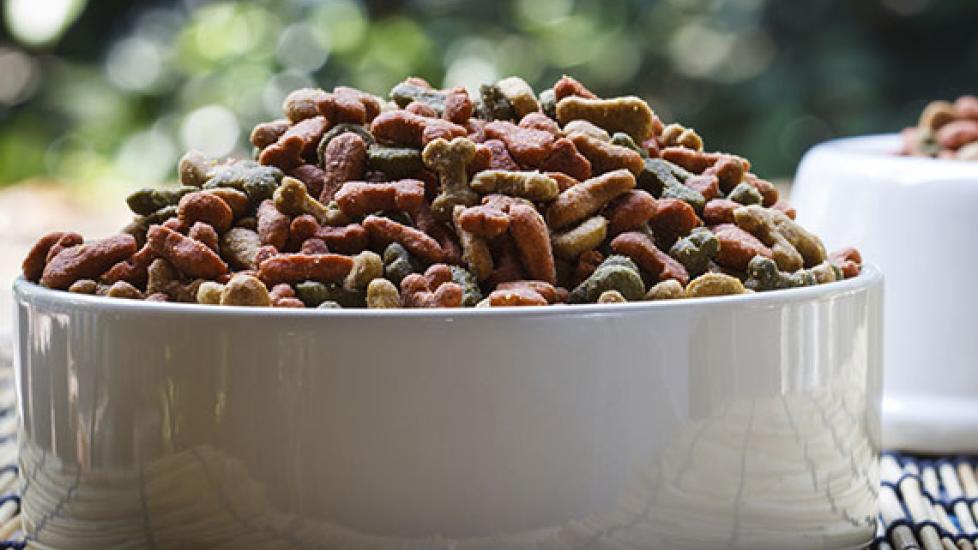How to Compare Pet Food Nutrient Profiles: Part 1
Is improving your pet’s health and nutrition part of your New Year’s resolution? If so, you’re eventually going to find yourself comparing pet foods. This is not as easy as you might think. Today, let’s review the essentials of how most veterinarians and owners currently compare one food to another.
First of all, you want to make sure that any foods you are considering are appropriate for your pet’s life stage and health status. Protein may be your primary interest, but you need to make sure that what you are feeding is nutritionally complete and balanced.
Once you have a group of potentially appropriate foods, look at their guaranteed analyses. They should list the minimum crude protein percentage, minimum crude fat percentage, maximum crude fiber percentage, and maximum moisture percentage. Moisture may be omitted if the guaranteed analysis is presented on a dry matter basis (more on this later).
A guaranteed analysis will also sometimes include a maximum value for ash. If it is not present, you can estimate that canned food is around 3% while kibble is around 6% ash. Carbohydrate levels do not have to be provided but are easily calculated since once you add up protein, fat, fiber, moisture, and ash, the only thing left is carbohydrate.
Here’s an example taken from the label of a canned dog food.
Crude Protein (min): 8%
Crude Fat (min): 6%
Crude Fiber (max): 1.5%
Moisture (max): 78%
Ash (estimated): 3%
Therefore, this food’s carb content is 100 – (8 + 6 + 1.5 + 78 + 3) = 3.5%. These calculations aren’t going to be exact since we are dealing with minimums and maximums and sometimes an estimate for ash, but it’ll get you into the ballpark.
But now we run into a problem. Some pet food manufacturers report their guaranteed analyses on an “as fed” basis. This means just as the product comes out of the bag, can, etc. Other companies use a “dry matter” basis, meaning after water has been removed. You can’t directly compare guaranteed analyses that are reported on an “as fed” and “dry matter” basis.
You also can’t directly compare “as fed” guaranteed analyses for foods with very different moisture percentages (e.g., dry versus canned food). To get these products on an equal footing, you’ll need to convert all the guaranteed analyses you are looking at to “dry matter.” Here’s how.
- Find the percent moisture and subtract that number from 100. This is the percent dry matter for the food.
- Divide each nutrient percentage by the percent dry matter for the food and multiply by 100.
- The resulting number is the nutrient percentage on a dry matter basis.
Confused? Don’t worry, next week we’ll be discussing a whole different way to approach pet food comparison over on Nutrition Nuggets for Cats. Hope to see you there.

Dr. Jennifer Coates
